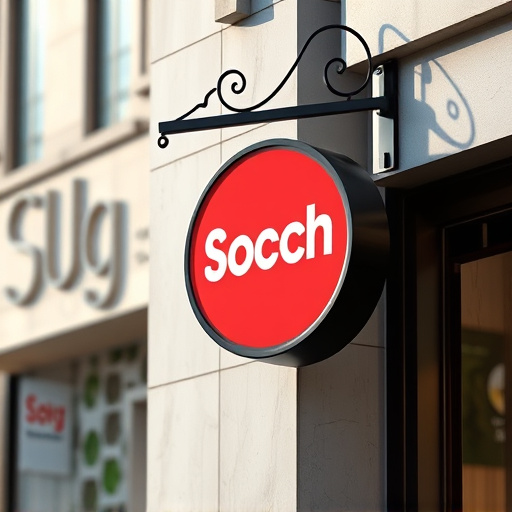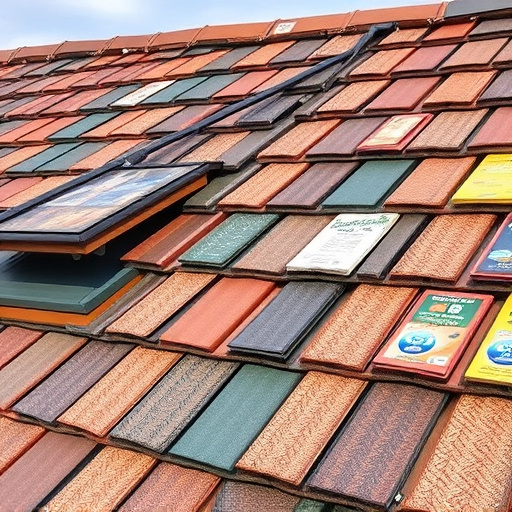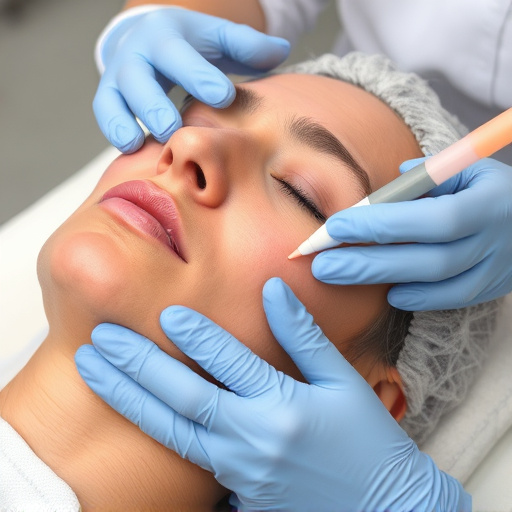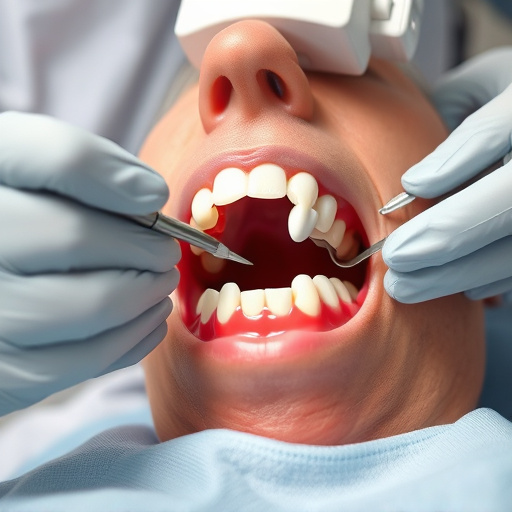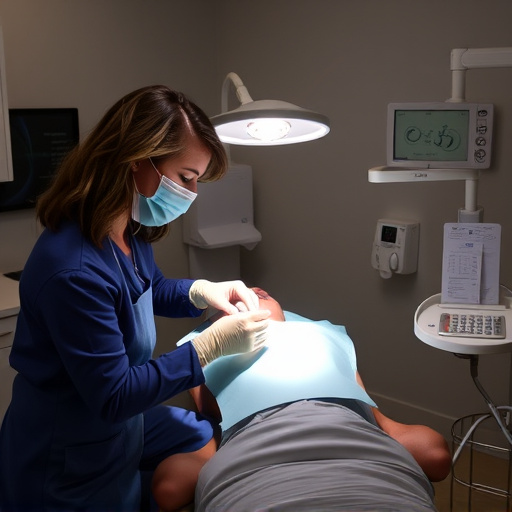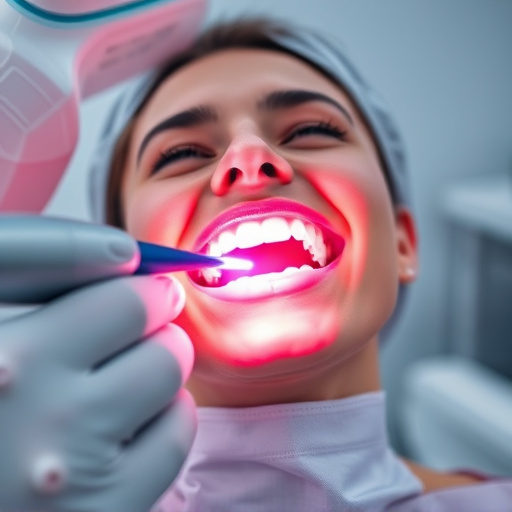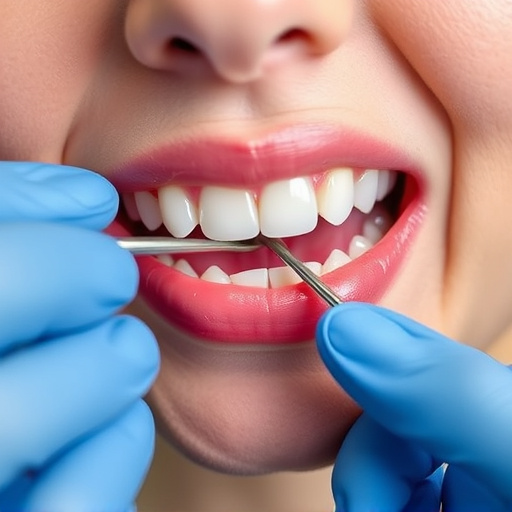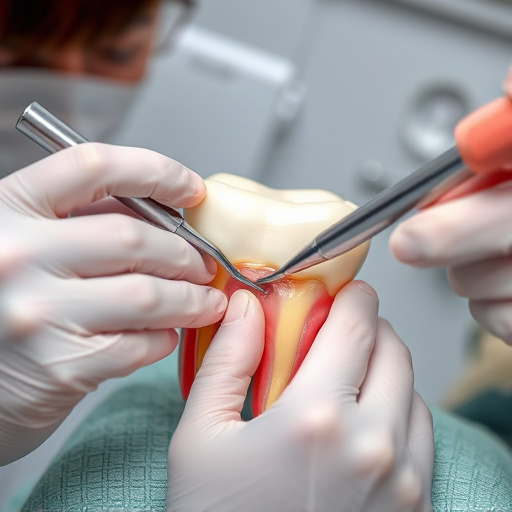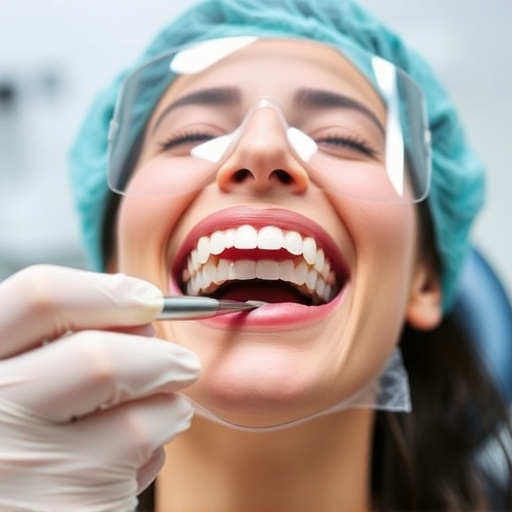Spanish-speaking dentists improve oral health services for non-native English speakers by breaking language barriers and fostering comfort during routine check-ups, cosmetic procedures, and complex tasks like wisdom tooth removal. They ensure clear communication, address diverse dietary needs and cultural associations, and build trust through effective, culturally sensitive care tailored to each patient's background.
A Spanish-speaking dentist can significantly enhance patient experiences, especially for non-English speakers. In a diverse society, breaking language barriers is crucial for accessible and quality dental care. This article explores culturally competent dentistry, focusing on how effective communication in Spanish improves patient comfort and trust. We delve into strategies that ensure patients feel at ease, understand their treatments, and receive the best possible care tailored to their needs and cultural preferences.
- Breaking Language Barriers: Spanish Dentist Care
- Culturally Competent Dentistry: Patient Comfort
- Effective Communication: Enhancing Trust in Treatment
Breaking Language Barriers: Spanish Dentist Care

For many individuals who are non-native English speakers, visiting a dentist can often pose significant communication challenges. This language barrier can lead to anxiety, confusion, and potentially hinder proper dental care. However, with the presence of a Spanish-speaking dentist, these barriers can be effortlessly broken down, ensuring a more comfortable and accessible patient experience.
Spanish-speaking dentists play a vital role in enhancing oral health services for a diverse range of patients. By offering care in their native language, these professionals create an environment where patients feel at ease, understood, and empowered to take charge of their dental wellness. Whether it’s providing routine check-ups, performing procedures like dental bonding or cosmetic dentistry, or even handling more complex tasks such as wisdom tooth removal, a Spanish dentist ensures clear communication throughout the process, leading to better patient satisfaction and outcomes.
Culturally Competent Dentistry: Patient Comfort

Having a Spanish-speaking dentist significantly enhances patient comfort, especially for individuals who are non-native English speakers. Culturally competent dentistry goes beyond language; it involves understanding and respecting diverse cultural beliefs, practices, and expectations related to healthcare. A Spanish-speaking dentist can create an inclusive environment by offering services in the patient’s native language, ensuring clear communication throughout the dental visit.
This approach is particularly beneficial for various reasons. For instance, patients may have specific dietary needs or preferences that align with their cultural backgrounds. Moreover, certain dental procedures might evoke anxiety or fear due to cultural associations. A dentist who speaks the patient’s language can address these concerns, provide reassurance, and offer explanations tailored to the patient’s understanding, ultimately making the experience less stressful and more positive. This level of care extends to various services, including cosmetic dentistry for aesthetic improvements and children’s dentistry to ensure young patients receive age-appropriate, culturally sensitive care.
Effective Communication: Enhancing Trust in Treatment

Effective communication is a cornerstone for building trust between patients and healthcare providers. For a Spanish-speaking dentist, this means ensuring every patient feels heard, understood, and at ease during their dental visits. By mastering both spoken and written Spanish, dentists can seamlessly interact with a diverse range of patients, dispelling any language barriers that could hinder treatment.
This enhanced communication goes beyond basic conversation; it involves explaining complex dental procedures, diagnoses, and treatment plans in terms patients can easily comprehend. For instance, when addressing concerns about wisdom tooth removal or discussing restorative dentistry options, clear communication fosters a sense of comfort and encourages active participation in one’s oral healthcare. This trust translates into better patient adherence to recommended treatments, ultimately leading to improved outcomes.
A Spanish-speaking dentist significantly enhances patient experiences by breaking language barriers and fostering culturally competent care. By providing services in a patient’s native tongue, dentists can ensure effective communication, build trust, and improve overall comfort levels. This personalized approach not only benefits individual patients but also promotes inclusivity within the dental community, making quality oral healthcare more accessible to Spanish-speaking individuals.


